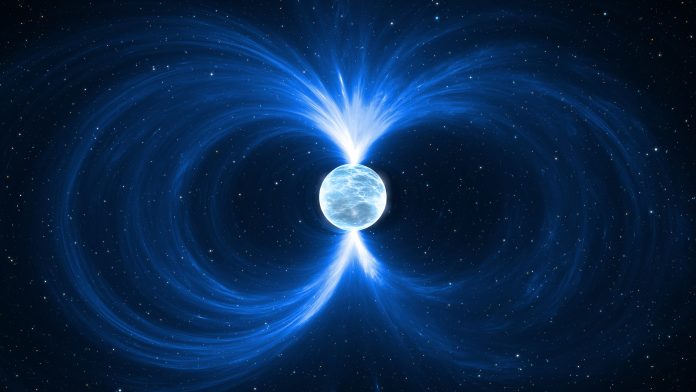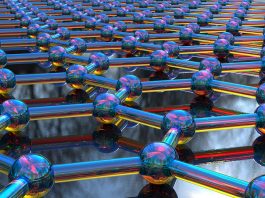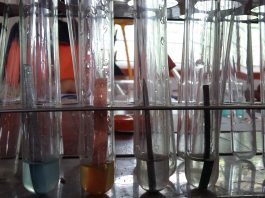Through a novel experiment funded by the U.S. Department of Energy (DOE), scientists at Brookhaven National Laboratory have shed new light on a possible mechanism that may seed magnetic fields for the galactic dynamo.
Plasma is a matter that is so hot that the electrons are separated from atoms. The electrons float freely and the atoms become ions. This creates an ionised gas—plasma—that makes up nearly all of the visible Universe. Recent research shows that magnetic fields can spontaneously emerge in plasma.
Using a mechanism known as the Weibel instability, the team found that this process can convert a significant fraction of the energy stored in plasma’s temperature anisotropy into magnetic field energy. It also finds that the Weibel instability could be a source of magnetic fields that permeate throughout the cosmos.
Discovering new information about the matter in our Universe
Using the unique capability of Brookhaven’s Accelerator Test Facility, the scientists were able to study the ultrafast dynamics of magnetic fields in the laboratory plasmas that are relevant to astro- and high-energy-density physics.
The matter in our observable Universe is in a plasma state and is also magnetised. Magnetic fields at the micro-gauss level (about a millionth of the Earth’s magnetic fields) permeate the galaxies. These fields are thought to be amplified from weak seed fields by the spiral motion of the galaxies, known as the galactic dynamo.
How the seed magnetic fields are created is a longstanding question in astrophysics. This new work offers a possible solution to this vexing problem of the origin of the micro-gauss level seed magnetic fields.
The Weibel instability
This process was first predicted by plasma theorist, Eric Weibel, more than six decades ago but only now has been unambiguously observed in the laboratory.
Driven by temperature anisotropy, the Weibel instability is thought to be an important mechanism for the self-magnetisation of many laboratory and astrophysical plasmas. However, scientists have faced two challenges in unambiguously demonstrating the Weibel instability.
Firstly, until recently, researchers were not able to generate a plasma with a known temperature anisotropy as initially envisioned by Weibel. Secondly, researchers had no suitable technique to measure the complex and rapidly evolving topology of the magnetic fields subsequently generated in the plasma.
The new study allowed scientists to overcome these issues by creating a hydrogen plasma with known highly anisotropic electron velocity distributions by using an ultrashort, intense carbon dioxide laser pulse. The subsequent thermalisation of the plasma occurred via the self-organisation of plasma currents that produced magnetic fields driven by Weibel instability.
These fields were large enough to deflect relativistic electrons, which revealed an image of them a certain distance from the plasma. The researchers captured the evolution of these fields on film, which showed they had an exquisite spatiotemporal resolution by using a one-picosecond relativistic electron beam to probe these fields.
This work was supported by the Department of Energy (DOE) Office of Science, the National Science Foundation, and the NSF Graduate Research Fellowships Program.









